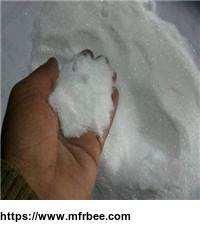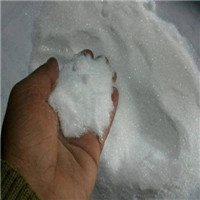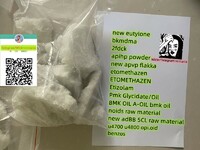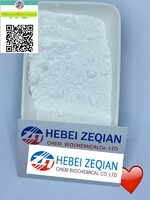Hydrocortisone whatspp:+86 15732917628
Product Quick Detail
- FOB Price
- USD $20.00 / Piece
- Minimum Order
- 5
- Place Of Origin
- Hebei China
- Packaging
- N/A
- Delivery
- 10 Days
Specifications
Hydrocortisone (English: hydrocortisone), also known as hydrocortisone or hydrocortisone, is the name of the hormone cortisol when it is used as a drug. It is sold by many pharmacists on the market
[2] this drug can be used to treat such diseases as adrenal insufficiency, adrenaline syndrome, hypercalcemia, thyroiditis, rheumatoid arthritis, dermatitis, asthma and chronic obstructive
pulmonary disease COPD and other diseases [1], and is one of the drugs for the treatment of adrenal insufficiency [3]. This drug can be used orally, topically or by injection [1], but when the drug
is to be stopped due to long-term use, the dosage should be gradually reduced to zero [1]. Glucocorticoid, a short acting glucocorticoid, is very similar to cortisol, which is the most commonly
used drug in patients with adrenal insufficiency. It can be administered intravenously or intramuscularly.
The side effects of this drug include mood changes, increased risk of infection and edema [1], while long-term use of the drug also common side effects such as osteoporosis, stomach discomfort,
weakness, easy blood stasis and yeast infection [1]. The safety of this drug during pregnancy is not clear [4]. The common mechanism of using glucocorticoids is that after taking the drugs, most of
the glucocorticoids reaching the body will combine with the globulin or albumin in the blood to achieve anti-inflammatory effect by inhibiting immune function [1].
This drug was invented in 1955 [5], and it is listed in the World Health Organization (who) essential drug standard list. It is one of the most effective and safest drugs needed by public health
system [6]. At present, it also has a scientific name [1]. In 2014, the daily oral dose of developing countries was about US $0.27 [7]. In the United States, the cost of a one month course of
treatment is less than $25 [3].
- Country: China (Mainland)
- Business Type: 制造商,贸易公司,分销商/批发商
- Market:Americas,Europe,European Union
- Founded Year:2010
- Address:x754888151@gmail.com
- Contact:rcmaria











